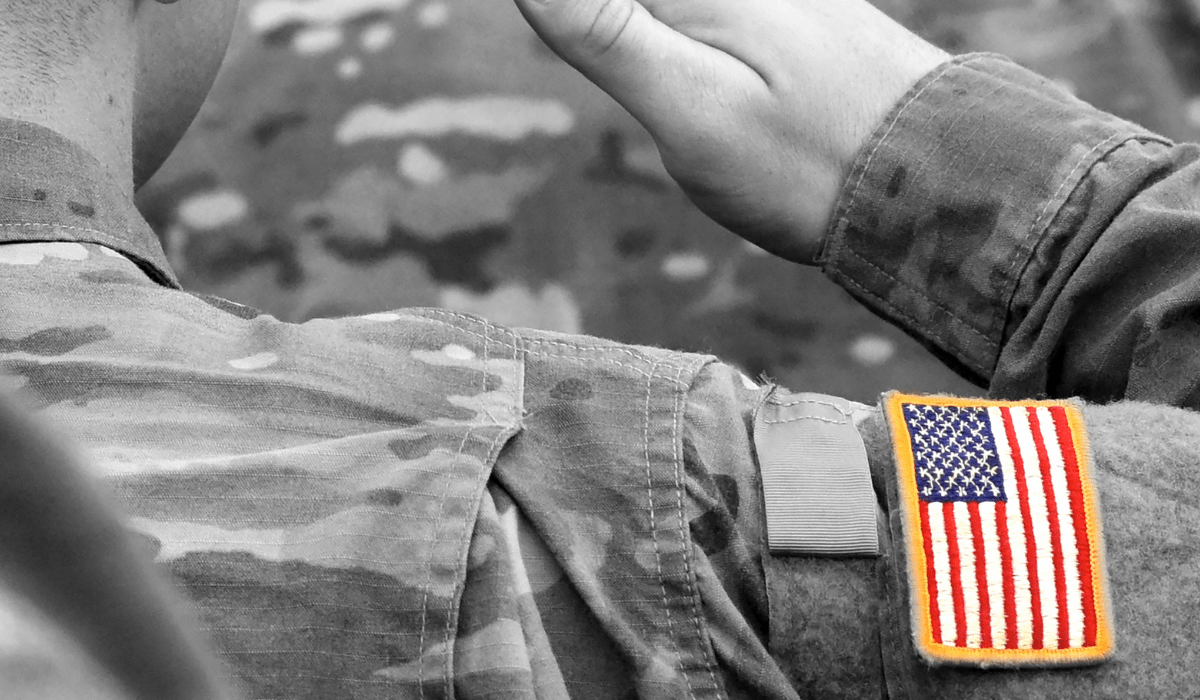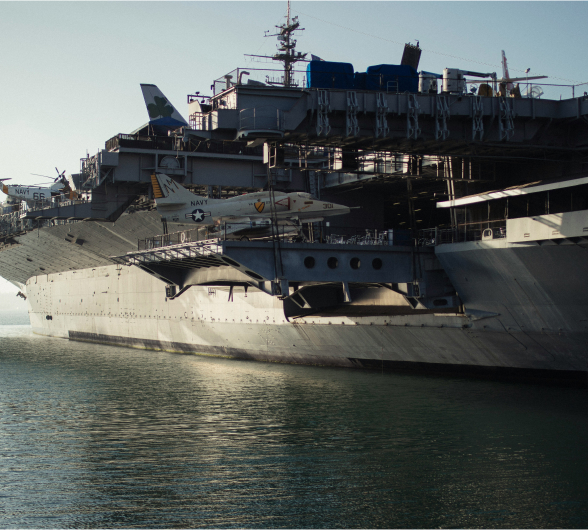
United States v. Biagase, 50 M.J. 143 (C.A.A.F. 1999) differentiates standards for determining unlawful command influence at the appellate level and the duty of the military judge during the assessment of motions at trial. Unlawful command influence is generally exerted on members of any of the following populations:
- Subordinate commanders
- Potential panel members
- Potential witnesses
It can be exerted by commander, even those acting with the “mantle of command authority,” and may be intentional or inadvertent.
Once the issue of unlawful command influence has been raised, the burden shifts to the government to prove either there was no unlawful command influence or that the unlawful command influence will not impact the proceedings or, if raised on appeal, did not influence the proceedings.
Burden at both levels is the same – proof beyond a reasonable doubt that there was no unlawful command influence or that the unlawful command influence did not influence the decision or sentence.
Defending Service Members Globally
Wherever Duty Calls, Our Defense Follows




